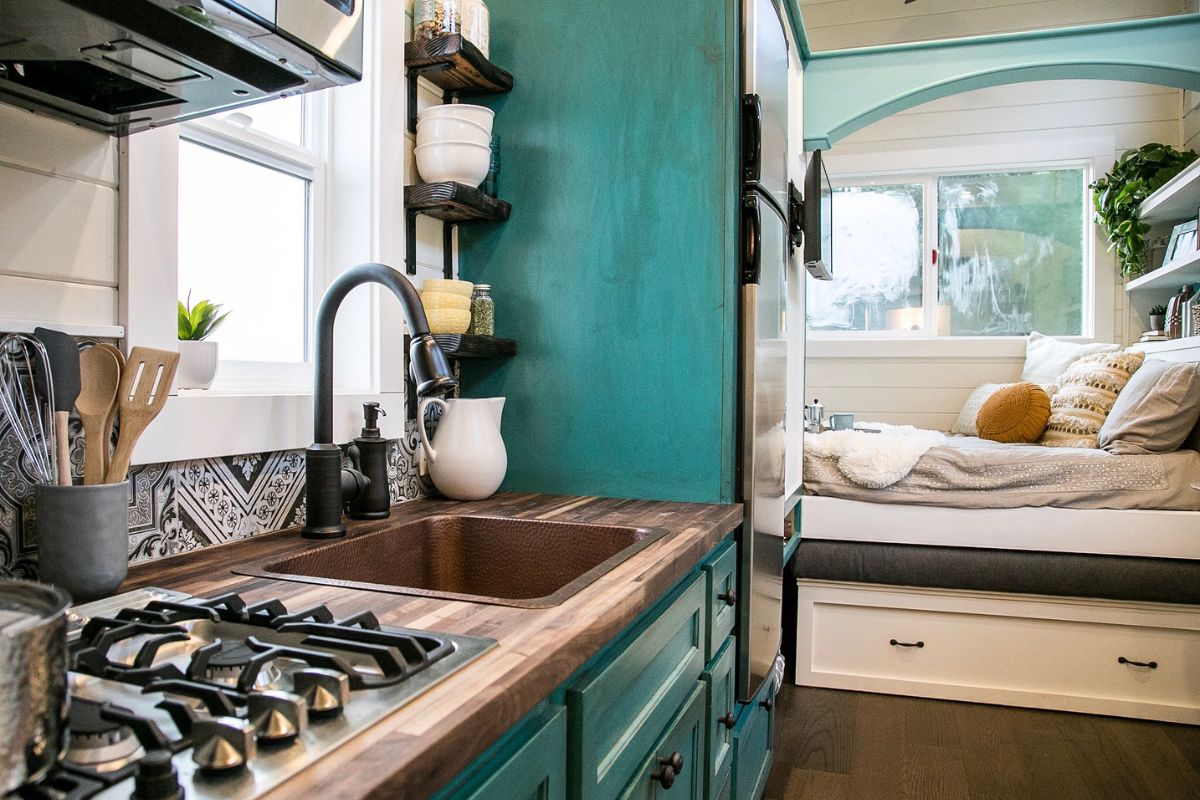Meta Description:
Planning a kitchen remodel begins with clarifying your goals, layout needs, and design direction. A structured kitchen remodeling process – including permits, material selection, and professional coordination – helps avoid delays and budget overruns. With thoughtful kitchen remodel planning tips and realistic timelines, you can transform your space efficiently. The right approach turns renovation challenges into lasting functionality and value – no guesswork required.
The kitchen is more than a place to prepare meals – it’s the heart of daily life, where routines unfold, conversations flow, and memories are made. When that space no longer supports your needs, planning a kitchen remodel becomes not just practical, but deeply personal. Whether you’re adapting to a growing family, upgrading outdated systems, or reimagining your home’s flow, the right approach balances vision with structure.
If you're considering a kitchen renovation in Toronto, the journey begins with clarity – defining goals, understanding constraints, and aligning expectations with realistic timelines and professional guidance. What follows is a thoughtful roadmap to help you navigate each phase with confidence.
How to Plan a Kitchen Remodel: Start With Goals and Layout Preferences
Before selecting finishes or sourcing contractors, successful kitchen renovations begin with clarity – defining what you want the space to achieve and how it should function daily. In Canadian homes, where open-concept living and multi-functional zones are increasingly common, aligning your vision with practical layout needs is essential to avoid costly mid-project changes.

Define Your Functional Priorities
Consider how your household uses the kitchen. Is it primarily for meal prep, entertaining, or as a homework or remote work hub? Identifying core activities helps determine workflow zones – such as the classic “work triangle” between sink, stove, and fridge – and whether an island, peninsula, or galley layout best supports your routine.
Gather Visual Inspiration Thoughtfully
Platforms like Houzz or Pinterest offer abundant ideas, but focus on designs suited to Canadian climates and housing styles – such as durable finishes for high humidity or layouts that complement older home footprints. Save images that reflect not just aesthetics, but spatial flow and storage solutions proven in real homes.
Assess Structural and Spatial Constraints
Not every dream layout is feasible without structural adjustments. Consider:
-
Load-bearing walls that may limit reconfiguration.
-
Existing plumbing and electrical locations that impact appliance placement.
-
Ceiling height and window positioning affecting cabinet and lighting plans.
Establishing these parameters early helps set realistic expectations and guides decisions that balance aspiration with practicality.
Understanding the Kitchen Remodel Step by Step Process
Every successful kitchen renovation follows a structured sequence – one that balances creative vision with regulatory compliance and logistical precision. While timelines vary, the core phases remain consistent, ensuring safety, functionality, and long-term value.
Phase 1: Design and Planning Approval
This stage transforms inspiration into actionable blueprints. Measurements are finalized, cabinetry layouts are modelled, and material selections are paired with budget parameters. In many municipalities, minor cosmetic updates may not require permits, but structural changes, electrical rewiring, or plumbing relocations typically do – always verify with your local building authority.
Phase 2: Permitting and Pre-Construction Prep
Securing permits can take anywhere from a few days to several weeks, depending on your municipality’s workload and the scope of your project. Concurrently, contractors order materials, schedule trades, and prepare the site – including protecting adjacent rooms from dust and debris, a critical step in tiny homes where open floor plans are common.
Phase 3: Demolition and Rough-In Work
Once permits are approved, demolition begins – carefully removing cabinetry, flooring, and fixtures without damaging structural elements. This is followed by “rough-in” work: re-routing plumbing lines, updating electrical circuits, and reinforcing framing where needed. These hidden upgrades are vital for modern functionality and code compliance.
Phase 4: Installation and Finishing Touches
Cabinets, countertops, appliances, and flooring are installed in a specific order to prevent damage. Final inspections often occur at this stage. Lighting, hardware, and backsplashes are added last, turning the functional shell into a polished, cohesive space.
A transparent estimate and clear communication at each phase help avoid surprises – especially when navigating variables like material lead times or seasonal contractor availability.

Your Essential Kitchen Renovation Guide for Realistic Timelines and Permits
Managing expectations around timing and regulatory requirements is one of the most overlooked – yet critical – aspects of a successful kitchen renovation. In Canada, where seasonal weather, municipal processing speeds, and supply chain variables can affect schedules, planning with buffer time and procedural awareness prevents frustration and costly delays.
Estimate Realistic Timelines Based on Scope
Minor refreshes while the kitchen remodeling process – such as replacing countertops, cabinets, or fixtures – may take 4 to 6 weeks. Full gut renovations involving structural, electrical, or plumbing changes typically require 8 to 14 weeks or more. Delays often stem from:
-
Permit approval wait times (varies by municipality).
-
Backordered materials, especially imported stone or custom cabinetry.
-
Coordination gaps between trades.
Navigate Permit Requirements Confidently
Permits are generally required for:
-
Moving or adding plumbing fixtures.
-
Altering electrical circuits or panel capacity.
-
Removing or modifying load-bearing walls.
-
Changing window or exterior door placements.
Make sure to read the kitchen renovation guide and submit your detailed plans – including floor layouts and elevation drawings – to your local building department. Some jurisdictions offer pre-application consultations to clarify requirements, which can streamline approval.
Build in Contingency Without Compromising Quality
A well-structured renovation plan includes a 10–15% time buffer and a similar financial contingency. This allows flexibility for unforeseen structural issues, material substitutions, or inspection rechecks – common in older homes with outdated infrastructure.
Professional guidance can help align your vision with municipal codes and material lead times, ensuring your project moves forward without avoidable setbacks.
Kitchen Remodel Planning Tips to Avoid Common Homeowner Pitfalls
Even the most carefully considered renovations can encounter setbacks – especially when homeowners underestimate regional variables or overlook hidden complexities.
|
Planning Focus |
Pitfall |
Proactive Tip |
|
Workflow & Layout |
Prioritizing looks over function |
Design around the work triangle and daily routines — especially in narrow or older layouts. |
|
Material Selection |
Choosing unavailable or delayed items |
Confirm lead times before finalizing; consider in-stock alternatives for key components. |
|
Budgeting |
Underestimating hidden costs |
Allocate 10–15% contingency for surprises like outdated wiring or subfloor damage — common in pre-1980s homes. |
|
Scope & Contracts |
Vague estimates or undefined milestones |
Insist on a transparent estimate with phase-based payments and a written process for handling change orders. |
|
Professional Oversight |
DIY-ing complex structural or code work |
Partner with experienced designers who understand municipal permits and housing variables to avoid rework. |
Professional support can help align your selections with local code requirements and seasonal construction realities – reducing the risk of mid-project pauses or rework.
Final Thoughts on How to Plan a Kitchen Remodel With Confidence
A successful kitchen remodel balances vision with practicality – grounded in clear goals, realistic timelines, and professional oversight. Whether refreshing finishes or reconfiguring layout, you benefit most from structured planning, transparent estimates, and expert coordination. With the right approach, your renovation becomes not just an upgrade, but a long-term investment in comfort, function, and daily living.






Share: